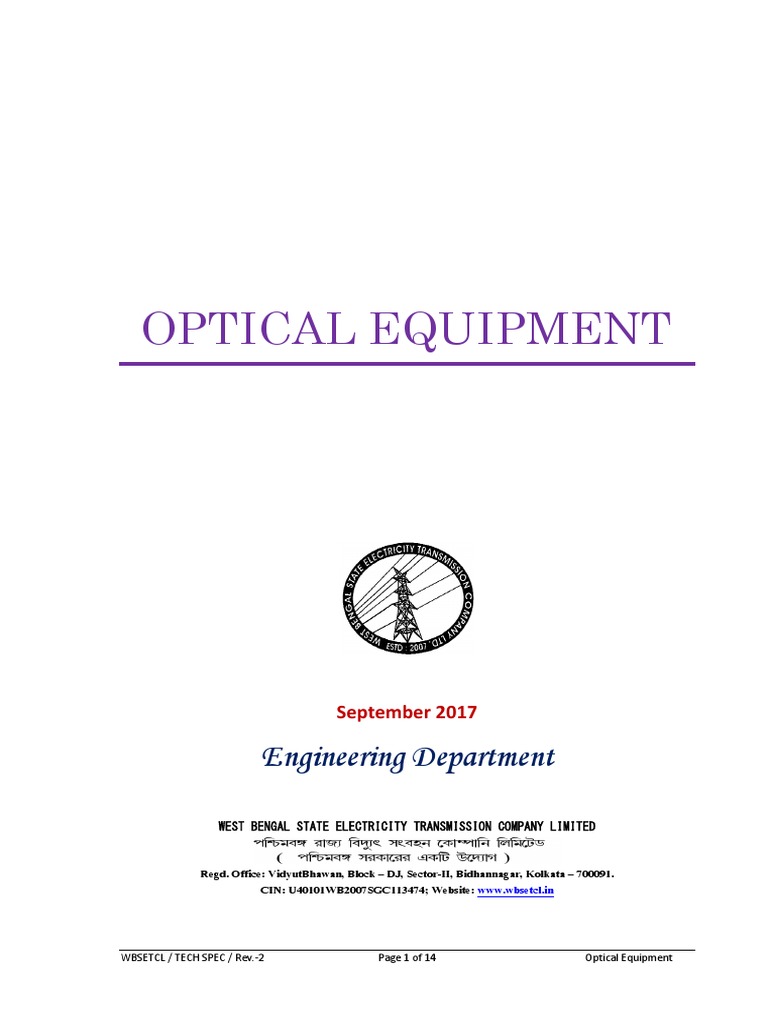As the inexorable march towards digitalization continues to redefine communication, one is left to ponder: What equipment is needed for fiber optic internet? The fibre optic technology, heralded for its incredible speed and bandwidth, hinges on a confluence of specialized devices. Each component plays a pivotal role in ensuring that the system operates seamlessly, providing users with the lightning-fast access they crave. This exploration will unfold the myriad elements essential for establishing and maintaining fiber optic internet, while also addressing challenges that might confront the uninitiated.
At the core of any fiber optic network lies the fiber optic cables themselves. These cables, composed of glass or plastic fibers, are the conduits through which light signals travel. The design intricacies of these cables allow for minimal signal attenuation over long distances. Furthermore, the core, which is the central part of the fiber, varies in diameter depending on the type of fiber—single-mode or multi-mode. Single-mode fibers, with a core diameter of about 8 to 10 micrometers, are designed for long-distance communication, while multi-mode fibers, ranging from 50 to 62.5 micrometers, are more suited for shorter runs.
Connecting these cables to the external network requires optical network terminals (ONTs). These devices convert the light signals from fiber optic cables into electrical signals that can be read by traditional copper-based technologies and vice versa. This bidirectional transformation is essential for two-way communication, enabling users to engage with the internet without interruptions. However, the placement and configuration of ONTs can pose a challenge, especially when factoring in the architectural constraints of a building or home. Ensuring that the ONT is optimally located can significantly enhance performance.
To ensure robust performance and maintain signal integrity, fibre enclosures and splicing trays become indispensable. The fibre enclosure protects the delicate fibers from environmental hazards while providing easy access for adjustments and maintenance. Meanwhile, splicing trays facilitate the fusion of two optical fibers, a process that, though intricate, is crucial for sustaining the continuity of the optical signal. An improperly executed splice can lead to significant signal loss, hence the necessity for skilled technicians to perform these operations cannot be overstated.
No discussion of fiber optic equipment is complete without passive optical networks (PONs). These systems are ingeniously designed to allow a single optical fiber to serve multiple endpoints through a process known as passive splitting. Rather than requiring a dedicated line to each user, PONs utilize optical splitters to divide the signal among multiple clients, fostering efficiency and cost-effectiveness in network deployment. However, implementing a passive optical network does necessitate careful planning regarding the network topology—an area that can become complicated when servicing diverse geographical or populated areas.
The role of optical line terminals (OLTs) should not be overlooked. Positioned at the service provider’s central office, the OLT serves as the control unit for the endpoint connections. This device manages the data traffic, oversees the transmission processes, and ensures that adequate bandwidth is allocated to various users. The configuration of the OLT is vital; misconfigurations can lead to significant delays or bottlenecks, compromising the overall user experience.
As one ventures deeper into the realm of fiber optics, media converters present themselves as an essential piece of equipment. These devices facilitate the transition between fiber optic and standard Ethernet networks. They are particularly invaluable in scenarios where legacy systems must integrate with newer fiber optic infrastructure. Without media converters, transitioning data formats can exacerbate latency issues, ultimately impacting network efficiency.
For those looking to maximize both performance and security, optical amplifiers are worth considering. These devices serve to boost optical signals, making them pivotal for long-distance transmissions where signals may otherwise degrade. By utilizing the phenomenon of stimulated emission, amplifiers enhance signal strength without requiring electrical conversions. However, the introduction of amplifiers can also complicate network management, as they require precise alignment and configuration to prevent unwanted noise or distortion.
Furthermore, the network monitoring tools are critical for diagnosing potential issues within a fiber optic environment. These tools can detect faults, measure signal loss, and assess overall network performance. Effective monitoring can preemptively identify weak points before they escalate into significant problems. However, finding the right balance between advanced monitoring technology and manageable complexity poses an operational challenge.
With the fibers, terminals, splitters, and amplifiers in conjunction, the construction of a fiber optic network reaches its zenith. But beyond hardware, one must consider the inherent knowledge and expertise required to install and maintain fiber optic systems. The training and certification of technicians play a functional role in successful deployments. Without trained personnel, even the best equipment could fail to deliver adequate performance, leading to a cascade of frustrations for end users.
In conclusion, the journey to establishing a robust fiber optic internet connection is anything but straightforward. It demands a constellation of specialized equipment, from fiber cables to advanced monitoring tools, each possessing its own intricacies and challenges. As technology continues to evolve and the demands for internet speed escalate, staying informed and adequately equipped becomes paramount in harnessing the full potential of fiber optic networks. So, do you have the right equipment for your fiber optic adventure, or are you prepared to navigate the pitfalls that lessening experiences might present?










